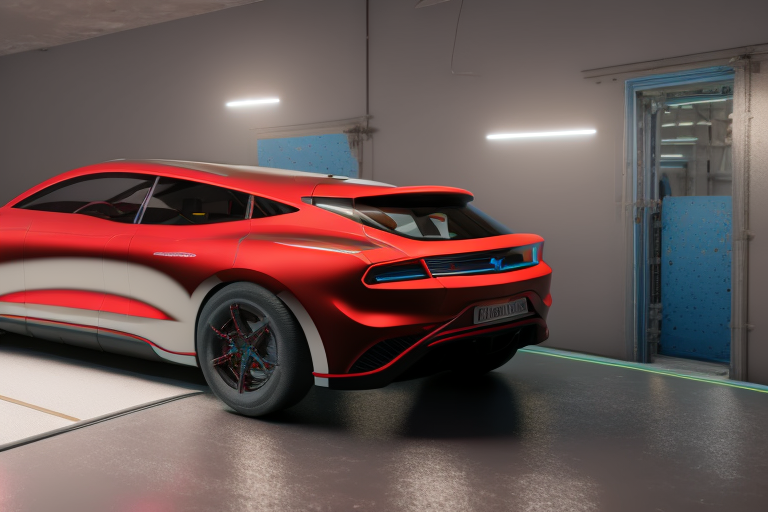Last week, Ford Motor Company announced plans to build a new $3.5 billion battery plant that will produce lithium iron phosphate (LFP) cells using technology licensed from China’s CATL. The BlueOval Battery Park Michigan facility won’t start production until 2026, but Ford has already announced that it will start using LFP batteries in its EVs as early as this year. The Mustang Mach-E will be the first model to get LFP batteries, although only in Europe for the time being. The F-150 Lightning will also gain LFP batteries in 2024 in key global markets, with the goal of reducing wait times for customers.
Ford’s move is part of its commitment to making EVs more affordable and accessible to customers. The company’s strategy is to diversify and localize its battery supply chain in the regions where it builds EVs in order to improve availability and affordability for customers while strengthening consumer demand. Introducing LFP batteries allows Ford to build more electric vehicles and offer more choices to new customers.
The new LFP battery chemistry won’t replace the nickel cobalt manganese (NCM) chemistry as both will be offered in parallel. This will allow customers to choose an EV “with unique battery performance characteristics most aligned with their needs.” Ford also says that LFP batteries will help it maintain or further reduce EV prices for consumers as these batteries use fewer high-demand, high-cost materials, are very durable and tolerate more frequent and faster charging.
In the future, LFP batteries will power a variety of affordable, next-generation Ford EV passenger vehicles and trucks under development. Ford is also working to reduce reliance on critical minerals such as nickel and cobalt. The carmaker is investing over $50 billion in EVs globally through 2026 in order to deliver an annual run rate of 600,000 electric vehicles globally by the end of this year and 2 million worldwide by the end of 2026.
Ford’s commitment to making EVs more affordable and accessible to customers is evident in its plans to build a new $3.5 billion battery plant that will produce LFP cells using technology licensed from China’s CATL. The automaker’s strategy is to diversify and localize its battery supply chain in the regions where it builds EVs in order to improve availability and affordability for customers while strengthening consumer demand. Ford’s move to introduce LFP batteries will allow it to build more electric vehicles and offer more choices to new customers, while helping to maintain or further reduce EV prices for consumers.
FAQ
Q1: Are electric car batteries recyclable?
A1: Yes, electric car batteries are recyclable.
Q2: Are electric car chargers free?
A2: It depends on the charger and the location. Some electric car chargers are free, while others may require a fee.
Q3: Can electric car batteries be rebuilt?
A3: Yes, electric car batteries can be rebuilt with the right tools and knowledge.











